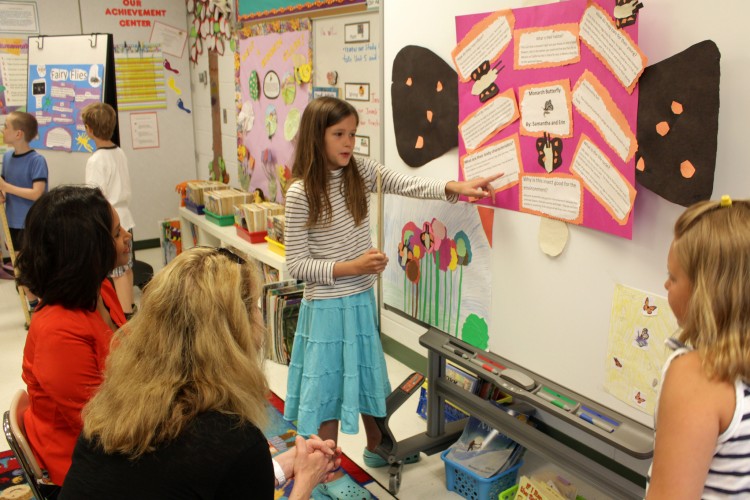Parent-teacher conferences present a regular opportunity for educators and guardians to discuss student progress and needs. Traditionally, conferences involve parents and teachers meeting privately away from the student to talk about the student’s education. However, some schools opt to arrange for student-led conferences. What do you need to know about student-led conferences?
How Student-Led Conferences Are Different
During a traditional conference, a student might sit outside the classroom, dreading what their parents will say in the aftermath. With a student-led conference, the student presents their thoughts and feelings about what goes on in the classroom and their grades. They might present specific pieces of work or a special project.
Student-Led Conferences Take More Preparation
Compared to traditional conferences, student-led conferences require more planning on the part of both students and educators. A communications teacher in Kansas says, “The format is important, but I believe the success of a student-led conference is most determined by how well students are prepared.” Students may have to organize a portfolio of their work, put together a project, and write out a justification for their grades.
Teachers, in preparing for the conference, may have to give students instructions on how to organize their work, identify learning objectives, and effectively communicate with their parents about their education.
Why Student-Led Conferences Work
Why are many schools leaning toward student-led conferences? Such conferences increase student accountability. Students who struggle have a chance to explain why they are having difficulties, and they can talk about it in a positive environment that focuses on helping them improve. Even students who perform well in school can benefit. Some gifted learners may become bored in a regular classroom setting, and the conference is a chance for the teachers and parents to think about how they can give those students more challenging assignments.
The Disadvantages of Student-Led Conferences
One of the main disadvantages of student-led conferences is that there is great potential for disappointment on the part of the students. They may put long hours into preparing for a conference, but if their parents are unable to attend, it is a big letdown.
The other disadvantage is that a student-led conference may take away from the time that parents and teachers use to communicate. Some schools that hold student-led conferences encourage parents to schedule private time with teachers.
Techniques Used for Student-Led Conferences
Usually, teachers decide on the format used for student-led conferences. Some teachers arrange for students to demonstrate their learning by performing prearranged activities in front of their parents; an article on the Teaching Channel’s website gives an example of an activity-focused conference. Others teachers may feel that it is better for the student to talk about their performance on past assignments.
The specific methods used for carrying out a student-led conference may vary by grade level. For example, a student in kindergarten or first grade may find it difficult to clearly explain what goes on in the classroom, so doing an activity to showcase their learning might be the more effective route.
Student-led conferences are an avenue through which learning can become more personalized. K12’s products and services also help create educational experiences that fit students’ differing needs. You can request free information online about K12’s programs to discover how they may help your students.
Image via Flickr by woodleywonderworks – CC BY 2.o




































